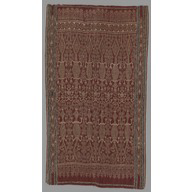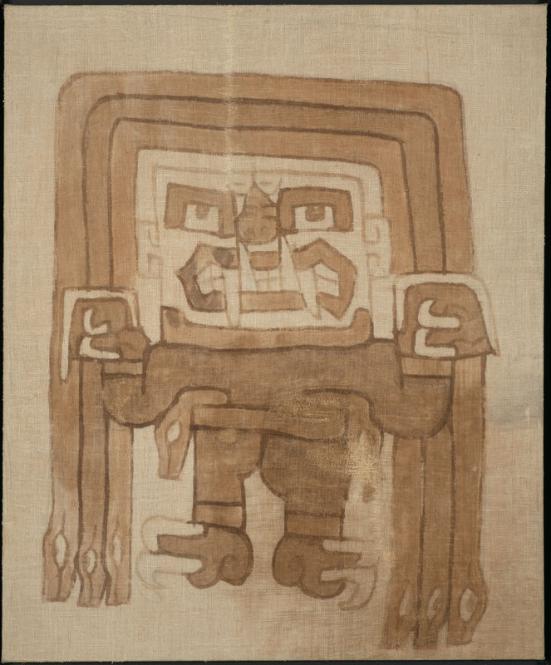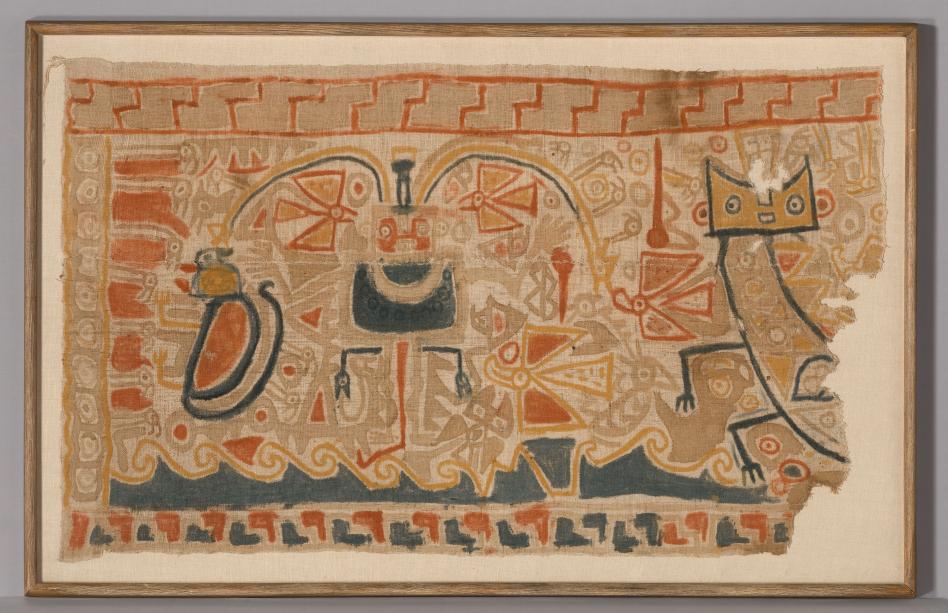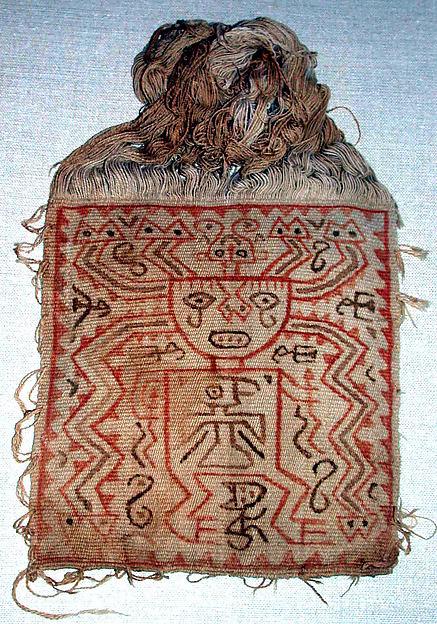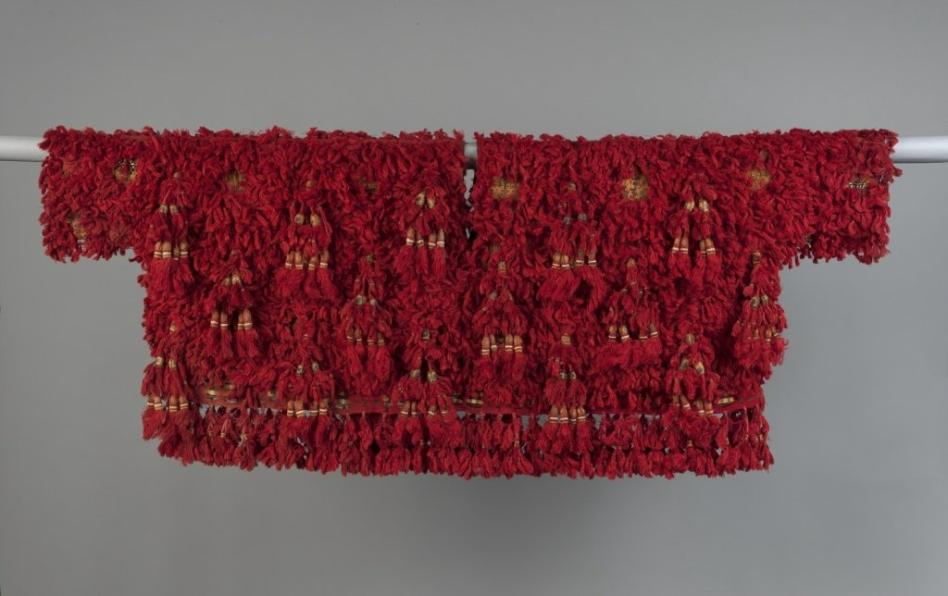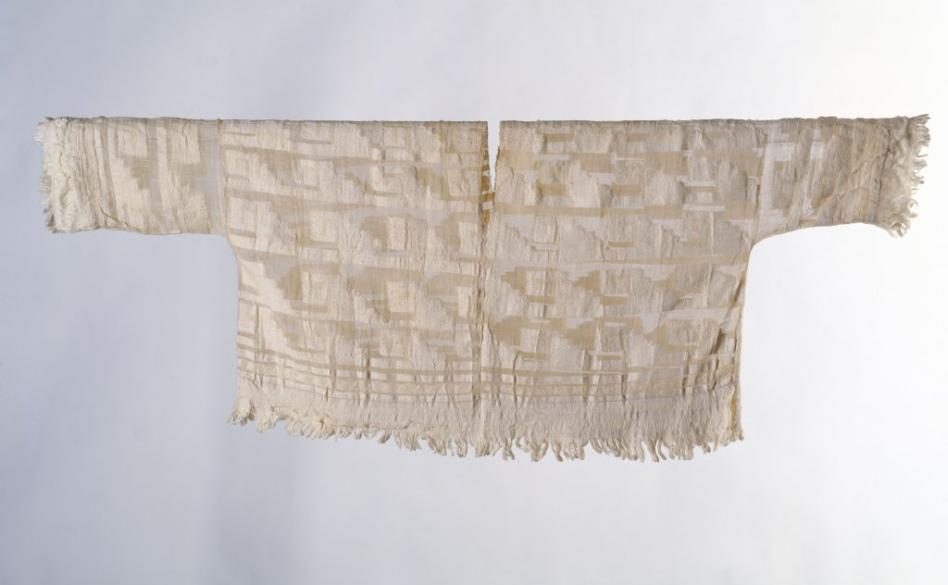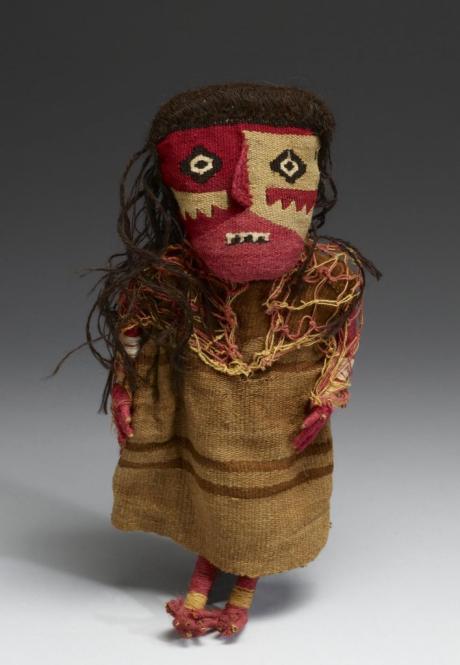Provenance Information
said to be found by Dario Ramirez, prior to 19 May 1970; owned by André Emmerich, held by Alan Lapiner (ST-0-65), New York, Nov-Dec 1970; Richard Grey Gallery, Chicago, May 1971-?; Ron Messick, Santa Fe, 1990s; private collection, Chicago, purchased from Ron Messick (as per owner), 1990s-2016; acquired by the Princeton University Art Museum, 2016
Exhibition Information
November 1970 Textile Museum, Washington, D.C. (lent but may not have been displayed for public); March 30, 1971–May 8, 1971 Richard Grey Gallery, Chicago
Publication Information
Richard Grey Gallery. 1971. Pre-Columbian Art: Mexico, Meso-America [exhib. cat.]. Richard Grey Gallery, Chicago. Illus., cat. no. 147.
Cordy-Collins, Alana. 1976. An Iconographic Study of Chavín Textiles from the South Coast of Peru: The Discovery of a Pre-Columbian Catechism. Unpublished Ph.D. dissertation, University of California, Los Angeles. Illus., p. 67, fig. 46a (line drawing).
Lapiner, Alan. 1976. Pre-Columbian Art of South America. Harry N. Abrams, Inc., New York. Illus., p. 439.
Cordy-Collins, Alana. 1979. “Cotton and the Staff God: Analysis of an Ancient Chavin Textile.” In The Junius B. Bird Pre-Columbian Textile Conference, May 19th and 20th, 1973. Ann Pollard Rowe, Elizabeth P. Benson, Anne-Louise Schaffer, eds., pp. 51-60. Washington, D.C.: The Textile Museum and Dumbarton Oaks. Illus., fig. 15.
Section of the AAMD Guidelines relied upon for the exception to 1970
Informed judgement that works were outside of the country of modern discovery before 1970
Explain why the object fits the exception set forth above
Based on the results of provenance research, the Princeton University Art Museum can make an informed judgment that the object was outside its probable country of modern discovery before November 1970. Letter to Junius Bird from Alan C. Lapiner dated 19 May 1970 (AMNH archives) indicates that the Karwa textiles were in Peru but in the process of being transported to the United States. Further, it is likely that this particular textile was part of a group of approximately 120 textiles on loan to the Textile Museum in Washington, D.C. by 1970. In a 1972 publication, Alan Sawyer, then director of the Textile Museum, wrote that these objects were on loan for study and were viewed by a group of scholars on November 1, 1970.
Mary Frame, a former Sawyer student, has most of Sawyer’s slide collection and has shared scans of all related materials. Although this particular object is not among the small number of remaining slides, a number of the Karwa textile slides are appropriately date-stamped May-September 1970 with notes indicating they were with Lapiner at the time. André Emmerich’s papers (Sotheby’s, New York) include mention of this object (ST-0-67 in his registry) and include a date stamped slide of the object labeled “November 1970.” Therefore, it is likely that this particular textile was part of the group of Karwa textiles that was in the United States prior to November 1, 1970.
